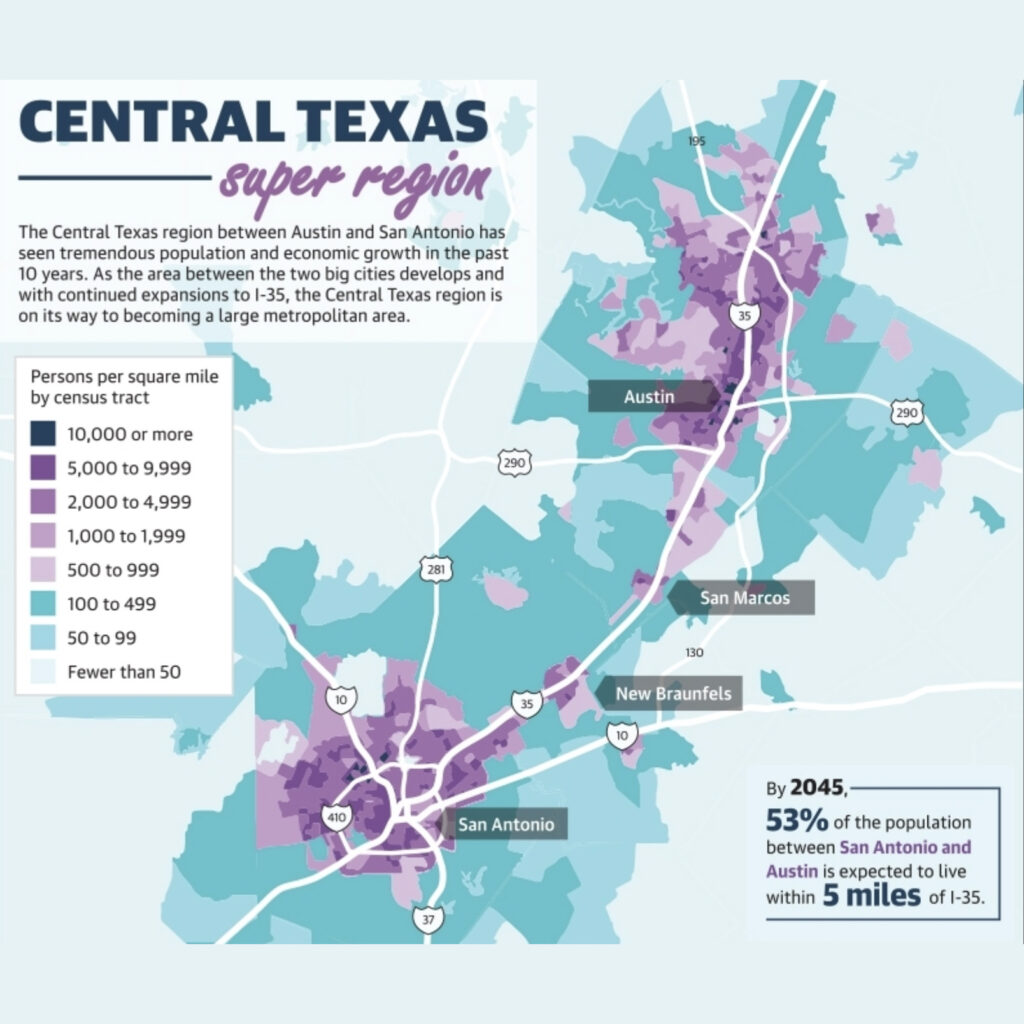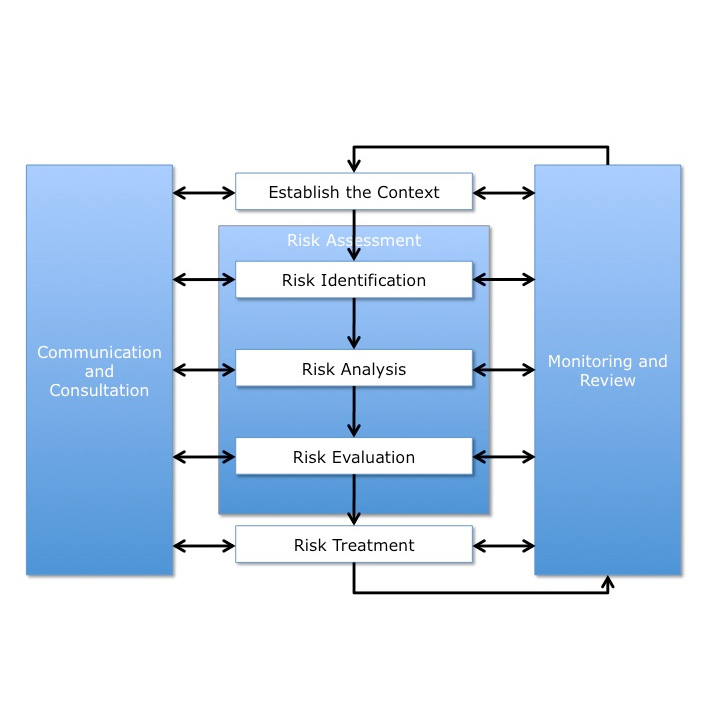Capital improvement bond programs are indispensable mechanisms that municipalities, school districts, and other public entities deploy to fund extensive infrastructure projects, directly impacting community facilities and the overall quality of life. Beyond being mere financial tools, these programs embody the aspirations, hopes, and future of the communities they serve. Their success is grounded in a multifaceted foundation, ranging from a clear vision and meticulous planning to an unwavering commitment to communication, financial prudence, and continuous evaluation. As we navigate the intricacies of these programs, it becomes evident that their efficacy is not determined by a single factor but by a harmonious interplay of numerous critical ingredients.
1. Clear Vision and Purpose
Defining the Horizon: A bond program without direction is akin to a ship without a compass. Stakeholders, whether they are local taxpayers, governmental entities, or interested investors, seek clarity on the program’s objectives. Clearly outlining these objectives can provide a beacon for the entire process.
Scope and Scale: Determining the extent and magnitude of the proposed projects is paramount. Are the initiatives localized, such as renovating a single school, or more extensive, like updating an entire highway system? This clarity in scale will serve as the foundation for all subsequent steps.
Strategic Alignment: It’s essential to ensure that the bond program aligns with the broader strategic goals of the community or municipality. This includes congruence with long-term development plans, economic visions, and community welfare objectives.
2. Comprehensive Planning
The Blueprint of Success: Without a well-laid-out plan, even the most visionary bond programs can falter. Planning is the backbone of any successful bond initiative.
Feasibility First: A thorough feasibility study acts as a reality check. It assesses whether the proposed projects are practical in the existing socio-economic and environmental context. This step helps to anticipate potential challenges and mitigate them proactively.
Cost Estimation and Financial Projections: A rigorous cost-benefit analysis ensures that every dollar spent brings value to the community. By projecting the financial needs accurately, it avoids future pitfalls like cost overruns or funding shortages. It’s not just about how much will be spent, but how wisely it will be used.
Timeline Structuring: A timeline doesn’t just specify start and end dates. It offers milestones, checkpoints, and review periods. It’s a tool for periodic assessment, ensuring the program stays on track.
3. Effective Communication
Bridging the Information Gap: Effective communication serves as the bridge between planners and stakeholders. It ensures that the community is not just aware of what’s happening, but is actively engaged in the process.
Transparency is Key: Regular updates, whether through town hall meetings, newsletters, or online platforms, can build trust. Openly sharing both successes and challenges demonstrates accountability.
Feedback Channels: Open lines of communication also offer avenues for stakeholders to voice concerns, ask questions, or offer insights. This two-way communication enriches the bond program and fosters a sense of collective ownership.
4. Financial Prudence
Guarding the Coffers: Being entrusted with public or investor funds is a significant responsibility. Financial prudence ensures these funds are managed judiciously.
Navigating Interest Rates: Just as individuals seek the best rates for their home loans, bond programs must aim for the most favorable interest rates. Collaborating with financial advisors or bond counsels can be instrumental in this pursuit.
Repayment Strategy: Structuring a repayment plan is as crucial as securing the funds. This strategy must strike a balance – it should ensure the bond’s financial obligations are met without overburdening the community’s financial resources.
Monitoring and Adjustments: Financial landscapes are dynamic. Regularly reviewing the bond’s financial performance and making necessary adjustments is paramount. It’s about being proactive rather than reactive.
5. Public Support
The Pulse of the Community: At its core, a capital improvement bond program is rooted in the community it serves. The overarching support of the public, therefore, becomes an indispensable component.
Educational Outreach: The intricacies of bond programs may be second nature to planners and financial experts, but for many community members, they can seem complex. Simplifying and breaking down the benefits, costs, and implications is essential to garnering public backing.
Feedback Mechanisms: Encouraging the community to voice their opinions, concerns, and suggestions can instill a sense of shared responsibility. Regular surveys, public forums, and interactive sessions can provide invaluable insights and build a reservoir of trust.
Demonstrating Tangible Benefits: For many, seeing is believing. Highlighting past successes, offering virtual tours of planned projects, or even sharing testimonials can go a long way in illustrating the bond program’s potential benefits.
6. Robust Oversight and Accountability
The Watchful Eye: With significant funds and community trust at stake, meticulous oversight and unwavering accountability become the bedrock of a bond program’s integrity.
Committees and Oversight Bodies: Establishing dedicated committees, preferably with a mix of experts and community representatives, can ensure continuous monitoring and course correction, if needed.
Third-party Audits: External audits offer an impartial review of the program’s financial and operational aspects. Regular audits can preempt potential discrepancies and reinforce transparency.
Performance Metrics: Setting clear performance indicators, both qualitative and quantitative, allows for a standardized evaluation, ensuring projects meet set standards and expectations.
7. Skilled Execution
Turning Vision into Reality: After extensive planning and securing funds, the on-ground execution is where the rubber meets the road.
Partnering with the Best: Engaging reputable contractors and experienced project managers ensures that projects are executed to the highest standards.
Quality Assurance: Continuous quality checks, benchmarking against industry best practices, and adhering to safety standards are non-negotiable. These steps not only ensure the longevity of projects but also safeguard community interests.
Adaptive Management: In the face of unforeseen challenges, the ability to adapt and recalibrate is essential. An agile approach to project management can prove invaluable.
8. Continuous Evaluation
The Cycle of Improvement: The bond program’s journey doesn’t conclude with the completion of projects. It evolves into a cycle of continuous assessment and refinement.
Revisiting Assumptions: The dynamic nature of communities means that needs and priorities can shift. Periodic reassessment ensures that the bond program remains aligned with the community’s evolving requirements.
Feedback Loop: Post-project reviews, gathering end-user feedback, and analyzing project outcomes can provide insights for future initiatives.
Iterative Planning: Armed with fresh learnings, the planning phase for subsequent bond programs or projects becomes more informed and nuanced.
A successful capital improvement bond program transcends the mere acquisition of funds; it emphasizes the judicious utilization of these resources to catalyze tangible advancements within the community. Rooted in a foundation of vision, rigorous planning, transparent communication, and astute financial stewardship, the efficacy of these programs is further amplified by the synergy of myriad elements, from community engagement and stringent oversight to adept execution and unwavering dedication to evolution. These components collectively orchestrate a nuanced dance, crafting bond initiatives that don’t just exist but thrive, fostering transformative impacts that usher communities into a brighter, more prosperous era.
At Front Line Advisory Group, we are pioneers in Capital Improvement Bond Management, leveraging unparalleled expertise and deep industry insights. Our mission extends beyond consultation – we empower our clients to realize the full potential of their investments, ensuring tax dollars are put to maximum use through astute Program Management Consulting. For more information or to commence your journey towards transformative bond management, reach out to us at info@frontlineadvisorygroup.com













